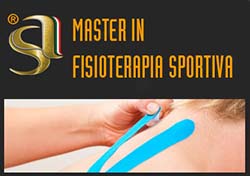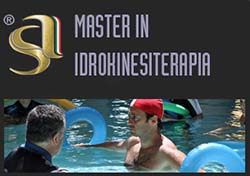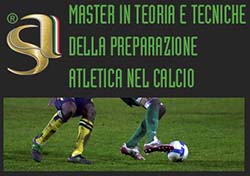R. Banducci, C. Giammattei, F. Banducci, A. Tomasi
Riassunto
L’esercizio fisico può avere sia effetti positivi che negativi sulla funzione immunitaria e quindi sulla suscettibilità alle infezioni. In particolare in chi pratica un’attività fisica a intensità moderata, si assiste a un potenziamento delle difese immunitarie e di conseguenza a un minor numero di episodi infettivi rispetto a soggetti sedentari. Viceversa chi pratica sport di endurance ad alta intensità (> 70-75% Vo2max) come ad esempio maratoneti, ultramaratoneti e ciclisti ha un maggior rischio di contrarre un’infezione rispetto a sportivi di livello amatoriale.
Dopo un’attività fisica prolungata e di elevata intensità si assiste, infatti, a un calo generalizzato dell’attività del sistema immunitario, questo fenomeno della durata variabile tra le 3 e le 72 ore è definito come “Open Window”. Durante questo periodo lo sportivo viene a trovarsi in uno stato di immunodepressione transitoria e quindi a elevato rischio di contrarre un’infezione, in particolare delle vie aeree superiori.
Sebbene non esista un’unica soluzione in grado di contrastare il fenomeno dell’“Open-Window”, diversi agenti nutrizionali sono risultati in grado di attenuare le alterazioni del sistema immunitario che caratterizzano questo periodo.
La “cura” del sistema immunitario attraverso l’utilizzo d’integratori alimentari, appositamente formulati, diventa quindi fondamentale per potenziare le naturali difese dell’organismo e proteggere così l’atleta nei
confronti d’infezioni in grado di comprometterne la performance sportiva.
Parole chiave
attività fisica ;infezioni ;sistema immunitario ;immunodepressione ;integratori alimentari
Abstract
Several studies have shown that exercise has either a positive or a negative effect on immunity. These effects depend on the nature, intensity and duration of exercise. Heavy training schedules or endurance competitions, such as marathons or long-distance cycling, are examples of extreme physical stress and can lead to immunodepression in athletes, which is associated with increased susceptibility to infection, especially upper respiratory tract infections (URTI). This risk of illness in response to exercise has been modeled as a “J shaped Curve”. This model suggests that individuals engaging in a moderate physical activity are at lower risk of illness compared with sedentary individuals. Conversely, excessive volumes of strenuous endurance exercise may suppress immune function, thereby increasing the risk of illness. After an excessive amount of prolonged, high-intensity exercise there is a general decrease of activity of the immunity for a certain amount of time, this period is called “Open Window”. The “open window” phase has a variable duration, depending on the studies and the parameters taken into consideration. It may last between 3 and 72 hours. During this “open window” of immune dysfunction viruses and bacteria may gain a foothold, increasing the risk of subclinical and clinical upper airway infection. Although there is no single method that completely eliminates the risk to contract an infection, there are several effective ways to reduce the number of infectious episodes associated with Open-Window phase. A possible mean to reduce infection risk includes the use of an appropriate immune-nutritional support. Various nutritional agents have been tested for their capacity to attenuate immune changes and inflammation following intensive exercise. Even the “care” of the immune system through the use of food supplements, is fundamental to improve the body’s natural defenses and thus protect the athlete against infections. An athlete with an adequate level of immunity is less susceptible to infectious episodes and he is ultimately more “powerful”.
Keywords
exercise ;immunity ;“Open Window” ;immunosuppression ;food supplements





